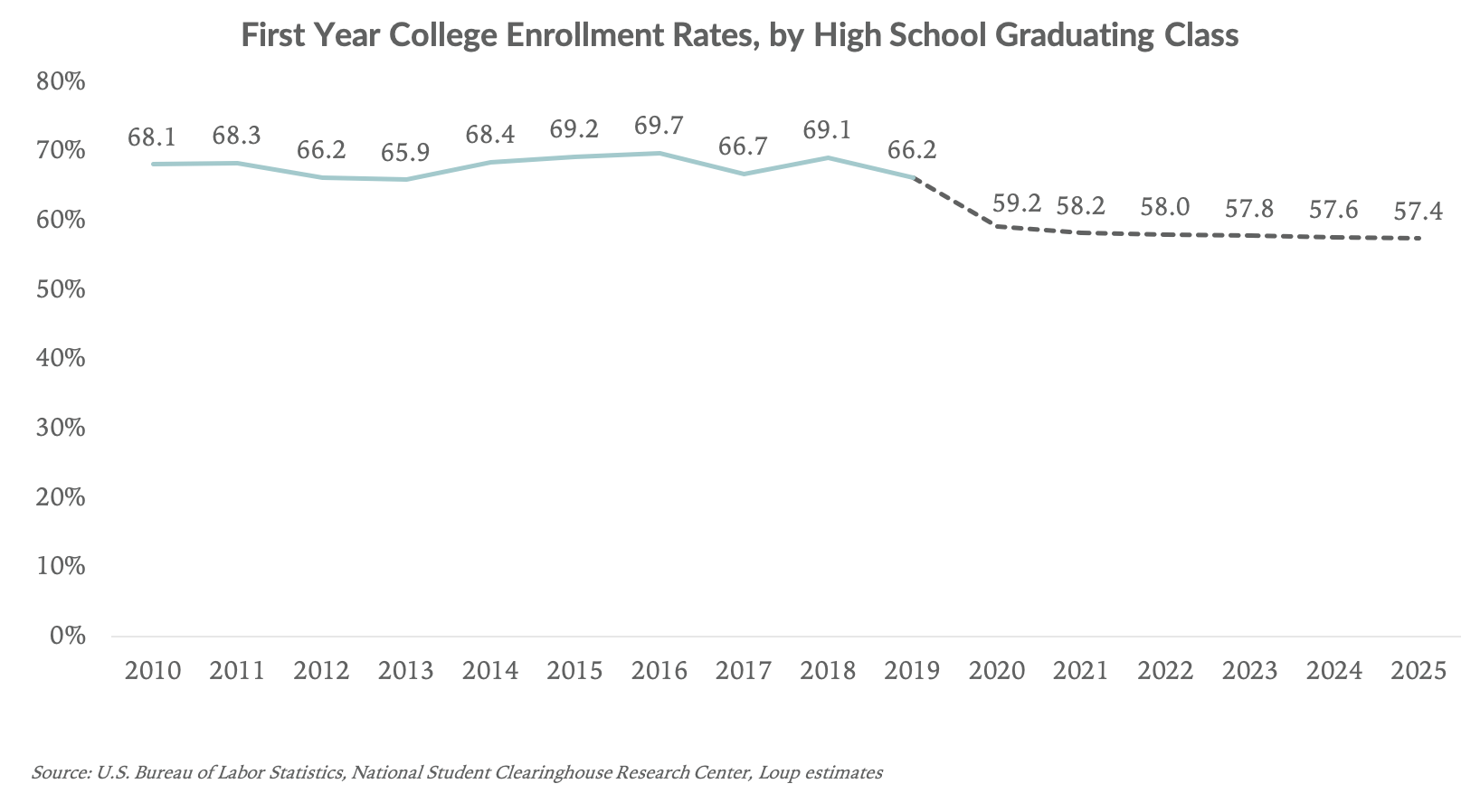
In this article, we'll discuss Prime factorization and how it relates to factor trees. We'll also discuss common prime factors as well as problems associated with factor trees. We will also describe the DIE ICON and show you how to use it. We'll then discuss how to make your own examples.
Prime factorization
Factor trees are a useful tool to find prime factors of a number. These trees display successive factor pairs as branches, and the number is written as the product of the prime factors at the end of each branch. Factor trees are not like factor lists. They do not include the number one in the equation.

Prime factorization calculator
Prime factorization calculators can help you determine the prime factors of any number. These calculators allow users to enter a combination number and generate a list of prime factors that will divide it. These prime numbers will then be highlighted in a unique color. Each prime factor's color will correspond with the prime's exponent.
Common prime factors in factor tree
Factor trees help you find the most common factor among two numbers. This is also known by prime factorization. This involves finding all prime factors for a number and then identifying common factors. The common factors are multiplied with the other number to get the GCF.
Problems with factor trees
Factor trees can be described as a type math problem that involves a number and its given factors being arranged in a tree with branches, leaves, and branches. These numbers are called prime elements. A prime factor is generally three times larger than a whole number. The product of two prime elements is called a whole number.
Factor trees for GCF determination
To calculate the GCF of a particular number, you must build a factor-tree. A factor tree consists of a set of numbers sharing the same prime element. To calculate the GCF, prime factors from two or more numbers need to be divided equally. You can make a list of prime factor.

LCM Search
The first step to finding LCM factor trees is to determine the prime factorization of any given number. Prime factors are those numbers that can divide evenly into any of two other numbers. Once you have found the prime factorization of a particular number, you need to calculate LCM.
FAQ
What is the best way to start teaching early childhood?
The first step is to decide if you are interested in a career as an early childhood educator. Then you will need your bachelor's degrees. Some states require that students have a master's level degree.
You will likely also have to attend classes in the summer months. These courses include topics like pedagogy (the art and science of teaching) or curriculum development.
Many colleges offer associate degrees that can lead to teaching certificates.
While some schools offer certificates or bachelor's degrees in early childhood education, others only offer diplomas.
Additional training may not be necessary if you intend to teach at home.
How do I select my major?
Students choose their majors depending on their interests. Because they find it easier to study something they love, some students choose to major on a subject that they really enjoy. Some students want to go into a field where there is no job. Others decide to major because they want to earn money while studying. No matter what your motivations, it is important to consider the job that you may be interested in after graduation.
There are many ways you can find out more about different areas of study. You could talk to someone in your family or friends about their experiences in these areas. Check out newspapers and magazines for possible careers. Talk with a guidance counselor at your high school to ask about possible careers. Visit Career Services at your local library or community center. Get books on different topics at your local library. Search the Internet for specific career-related websites.
Homeschooling is possible for anyone.
Anyone can homeschool. There aren't any requirements.
Parents who have completed high school can teach their children. Many parents opt to teach their older children at college.
Parents who have less formal education may be able to teach their children.
After satisfying certain requirements, parents can become certified teachers. These requirements are different for each state.
Some states require homeschooled students take a test to graduate. Others do not.
Homeschooling parents should register their family at the local school district.
This involves filling out paperwork that is then submitted to the school board.
After registering, parents will be able to enroll their child in either public or privately-funded schools.
A few states allow homeschooling without the need to register their children with government agencies.
If you live in one of these states, you will be responsible for ensuring your children meet the requirements of the state's compulsory attendance law.
Are you able to teach early childhood education without going to college?
However, you may want to think about going to college in order to be prepared for a career in the field.
It is important to remember that it is not easy to become a teacher. Each year there are many applicants that are not accepted into programs. Many people also drop out after just one semester.
A teacher must meet all requirements.
What salary does an early childhood teacher earn? (earning potential)
Teachers in early childhood make an average of $45,000 annually.
However, there are some areas where salaries are generally higher than average. Teachers in large urban schools receive higher salaries than teachers in rural schools.
Salaries also depend upon factors such as how big the district is and whether or no teacher holds a master's/doctoral degree.
Teachers often start out making less than other college graduates because they don't have a lot of experience. Their wages can rise over time though.
What are some ways you can get scholarships?
Scholarships can be granted to help cover college expenses. There are many kinds of scholarships. These include:
-
Federal Grants
-
State Grants
-
Student Loans
-
Work Study Programs
-
Financial Aid
Federal grants are direct from the U.S. government. Most federal grants require applicants to meet certain requirements. You will need to prove financial need.
Individual states offer state grants. State grants can be offered by each state based upon financial need, while others are given for specific purposes.
Banks and other lending institutions issue student loans. Students usually borrow money to cover tuition and living costs.
Work-study programs encourage employers to hire qualified student workers. Employers must pay at least the minimum wage to their employees.
Financial aid allows low-income families to afford college by paying for all or part of their tuition costs.
Statistics
- They are also 25% more likely to graduate from high school and have higher math and reading scores, with fewer behavioral problems,” according to research at the University of Tennessee. (habitatbroward.org)
- Think of the rhetorical power of nineteenth-century abolitionist Harriet Beecher Stowe, Martin Luther King, Jr., or Occupy Wall Street activists with their rallying cry of “we are the 99 percent.” (bostonreview.net)
- And, within ten years of graduation, 44.1 percent of 1993 humanities graduates had written to public officials, compared to 30.1 percent of STEM majors. (bostonreview.net)
- In most developed countries, a high proportion of the population (up to 50%) now enters higher education at some time in their lives. (en.wikipedia.org)
- Among STEM majors, that number is 83.5 percent. (bostonreview.net)
External Links
How To
How to get started in homeschooling
Homeschooling is a method of teaching children subjects at home. This includes reading books and watching videos, performing exercises, listening to music, and learning through various methods. Because it allows students to learn at their own pace, develop skills such as problem-solving and critical thinking, self-discipline and communication, and social skills, it is one of the best ways to learn.
People who wish to educate their children at their home are more common than ever, particularly parents who work full-time but don't have enough time for their children. They can choose to homeschool, which allows them the freedom to devote their energy and time to their children's education, without worrying about who will take care of them while they are at work.
There are many benefits associated with homeschooling; some of these include developing the ability to think critically and creatively, increasing their knowledge base, improving their language skills, developing their personal identity, becoming independent learners, and having greater control over their life than if they were attending school.
Homeschooling is designed to give quality education to students so that they can succeed as adults. Before homeschooling can begin, however, you must meet certain conditions. It is important to check if your child is eligible to go to public or private schools. It is important to choose the right curriculum for homeschooling. There are many types of curricula you can choose from online depending on your preferences, budget, and level. Some of these include classical, Montessori, Waldorf, Reggio Emilia, Charlotte Mason, unschooling, natural learning, and others. It is also important to have the resources you will need to teach your child. This means buying books, educational materials as well as computers, electronics, toys, and games. You can buy these items online or purchase them from local stores.
Once you have completed these steps, you can apply to become a homeschooling mom. For guidance, it is best to contact the state department of education. They will help you fill out forms and advise you on how to start homeschooling.